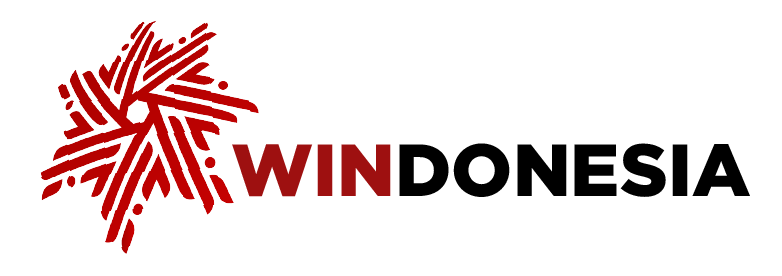Latest News
Wakatobi Wonderful Festival and Expo (Wakatobi WAVE) 2025 featured coral transplantation and the release of green sea turtle hatchlings in Wangi-Wangi District, Wakatobi Regency, Southest Sulawesi Province on Oct. 4, 2025.
The conservation activities accompanied cultural events, culinary delights, an expo for micro, small, and medium enterprises (MSMEs) at the festival in Wakatobi Regency.
The coral transplantation took place off the coast of Marina Togo Mowondu, while the release of green sea turtle hatchlings was held on Wambuliga Beach.
Wakatobi Regent Haliana stated that the release of green sea turtle hatchlings was conducted by the Wakatobi National Park Office (BTNW) to celebrate Wakatobi WAVE.
"This morning at 08.00 [Central Indonesia Time/WITA], we, BTNW, all members of the [Wakatobi Regency] Regional Leadership Communication Forum (Forkopimda), and Bank Indonesia (BI) carried out coral transplantation. The coral was submerged in the area in front of the marina harbor. We hope this activity will send a message to all Wakatobi residents and the general public to continue preserving nature," she explained.
Haliana noted that turtles are protected marine animals, as are coral reefs in the ocean. Environmental preservation is essential to maintain the high diversity of marine biota in Wakatobi Regency.
"We hope this will provide long-term benefits for Wakatobi Regency. We are also firmly and clearly upholding our commitment to Wakatobi's regional vision as a sustainable maritime conservation regency," she continued.
Haliana, who is also Secretary General of Indonesian Islands and Coastal Regional Governments Association (Aspeksindo), urged all parties to always protect the sea, maintain its cleanliness, and refrain from littering.
"Let's protect the existing marine ecosystem, because the [environmental] potential in Wakatobi is a very valuable asset through our thriving marine life," she concluded.

